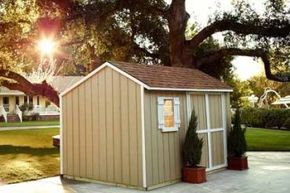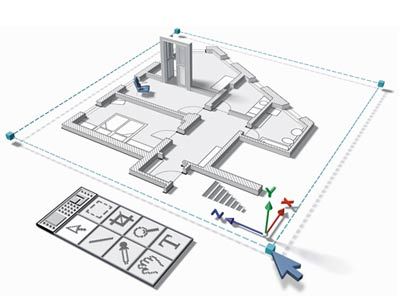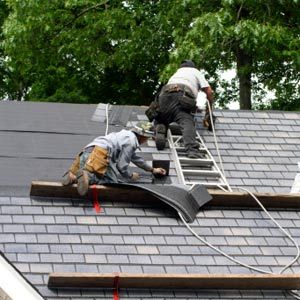If you've got rudimentary carpentry skills and sufficient motivation -- like a garage so cluttered with gardening equipment and indispensable odds and ends that you dread the thought of trying to squeeze an automobile into it -- you may find yourself heading to the lumber yard and preparing to construct a little out-building behind your house. Yes, a storage shed -- one that serves a multitude of purposes for your every need.
It's a sensible idea for many homeowners. As a way of gaining storage space, it's much easier than tacking a new room onto the house. A sturdy, reasonably attractive shed may even raise the property value of the home it adorns and help you make enough room in your garage for what it was intended -- your car. A skilled builder can complete the project in one day, working solo. And if designed properly, a backyard shed can even serve as a potting shed, home office annex or secret clubhouse. Besides, conveniently storing one's lawn and garden supplies so near to where they're used may make outdoor work seem much more appealing.
Advertisement
Buying and assembling a prefabricated storage shed is an option, but the prefab structures out of a kit tend to be drab in appearance and limited in durability [source: Truini]. Building your own shed offers more options. A great variety of plans are available to choose from, some of which are free; more experienced builders can also design custom sheds. That way, as the architectural adage goes, form can follow function. If the main reason for building a shed is to house an extra-wide lawn tractor, for example, it may be appropriate to build a shed with a vertical-lift garage door and perhaps a ramp [source: Carter]. The possibilities are endless.
This article will not attempt to describe every step and all the materials needed to build every kind of shed, but just give a quick overview of the process and some of the factors to consider in preparing to build, as there are almost limitless options. Ready to move on? Let's first take a look at the tools and materials you will need.
Advertisement


